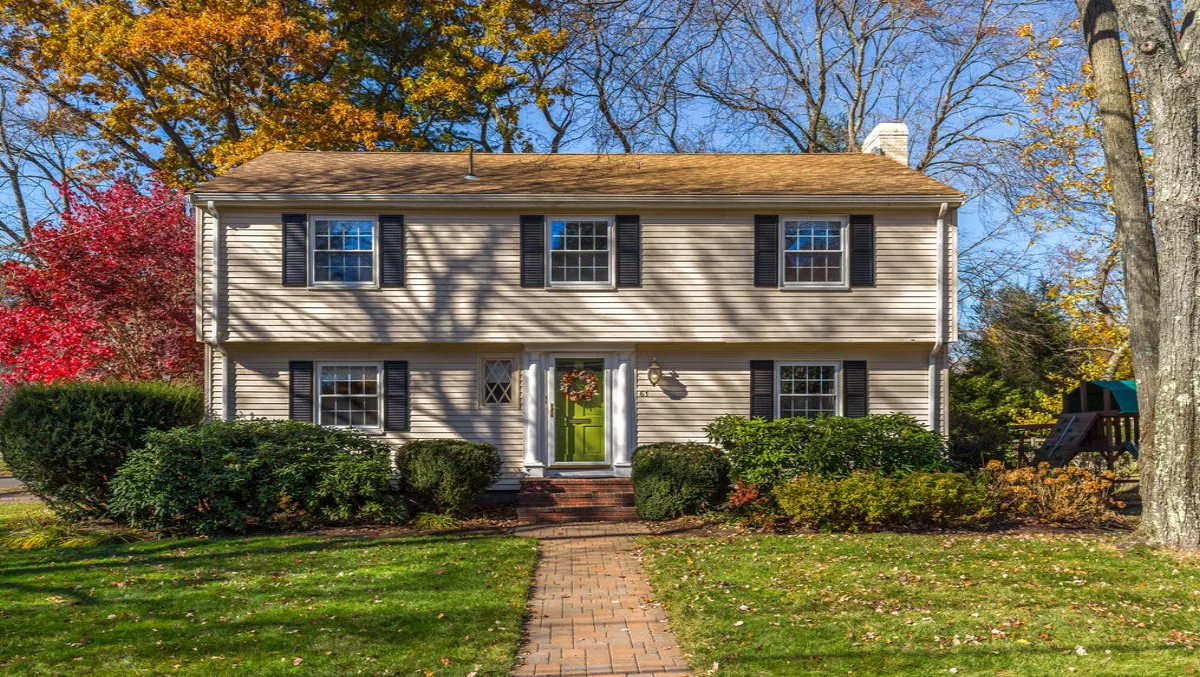
The technological future of buying, owning and managing property
The way in which property is bought and sold is already driven by technology, from the Trade Me listing, to the Facebook advertisement and the electronic gathering of records such as Land Information Memoranda and the easy access to valuations, finance and other support required to perform a property transaction.
But that's just the beginning, as we are on a cusp of a breaking wave of technology that will completely change how property is bought, managed and sold.
But it is crucial to bear in mind that any new technology must meet a real need, rather than just delivering a 'cool factor'.
That's why it is necessary to look at the problems faced by property investors, owners and managers today.
The biggest issues generally fall into three categories.
The first is identifying and buying a suitable property.
With that done, the next issue is renovating and preparing for occupancy.
Finally, the problems the landlord or investor wants to solve relate to maintenance, keeping the tenant comfortable and knowing that the property is well looked after.
Technology plays a role across all three.
When identifying and buying a property, there are already multiple technology tools available which, while remarkable, are taken for granted: Google Earth/Streetview and Trade Me, with its relatively new Property and Insights app (which shows all recent sales values and provides value estimates) are examples.
These applications access public data sources, often held by government agencies, to provide meaningful insights that make a purchase decision far easier – and they do it for free.
Add to that, drones, which are already widely used to provide attractive shots of properties for sale, and increasingly, virtual reality (VR) is being leveraged to provide detailed walk-throughs and views of the interior of a property for sale.
Live streaming, built into Facebook and other social media, allows participation in an auction even when anywhere else in the world.
These tools are invaluable to the investor, who might not be able to view the property in person – and all of them support the ability for buyers to accelerate their decisions, which simultaneously benefits the sellers of property.
And for those who need to access finance, digital technology has already made an enormous difference: as artificial intelligence (AI) gathers pace, and with the emergence of multiple 'fintech' innovators, the ability to rapidly and easily access capital will only improve.
Those fintech innovators are looking for new ways to deliver financial services, occasionally in partnership with existing banks, and occasionally breaking new ground, such as through crowdsourcing or other methods of connecting lenders with borrowers.
With a new purchase, the investor needs to rapidly prepare the property for occupation, if they are running a buy-to-let operation. There is no time to spare: good, reliable tradies are needed to create an attractive and healthy living spaces.
Technology makes this simple: multiple apps are available to connect with service providers, easily creating lists of preferred suppliers who can be depended upon. Letting is aided, again with Trade Me, while the smartphone makes it super simple to take pictures and upload them. The same tech tools are used to vet potential tenants once the property is ready for occupation.
As AI becomes commoditised, these tasks, which could take an investor many hours to complete, are likely to be accelerated and automated.
Instead of a manual search of information on a prospective tenant, an algorithm could do the hard work, automatically checking multiple data sources to see if there is anything the landlord should know.
Similarly, the tenant could do the same – making sure that the landlord measures up by providing a professional service.
Then, with tenants in place, monitoring services and AI can transform how maintenance is conducted. While absolute respect for the privacy of the tenant is paramount, Internet of Things-type devices can monitor property aspects like humidity, water consumption, the serviceability of key facilities like geysers, ovens and other equipment.
This could allow the landlord to know a great deal about the property without having to physically inspect it, supporting proactive maintenance while saving time and delivering a better experience for the tenant.
With inexpensive IoT sensors, low-cost networks and the software to analyse data streams from sensors available at low cost (on a Software as a Service basis) this becomes possible even for the smaller operator with tens or more properties.
Finally, across the whole process of buying, renovating and managing too, the property investor has multiple moving parts he or she must manage.
SaaS provides an advantage, too, which more operators are recognising: instead of running the operation from a spreadsheet, the low cost, easy accessibility and powerful capabilities of purpose-designed software accessible from anywhere makes it easy to professionally run the complete operation, from a maintenance, expenses, income, tax and every other aspect.
New Zealand's own Xero is a great example: it provides multiple property-specific add-ons that are designed to make life easier for the serious property investor.
The technology is out there. It's not coming so much as it is here right now. The only question remaining is: how much are you using it?
Article by Ron Hoy Fong, Ronovationz founder.

